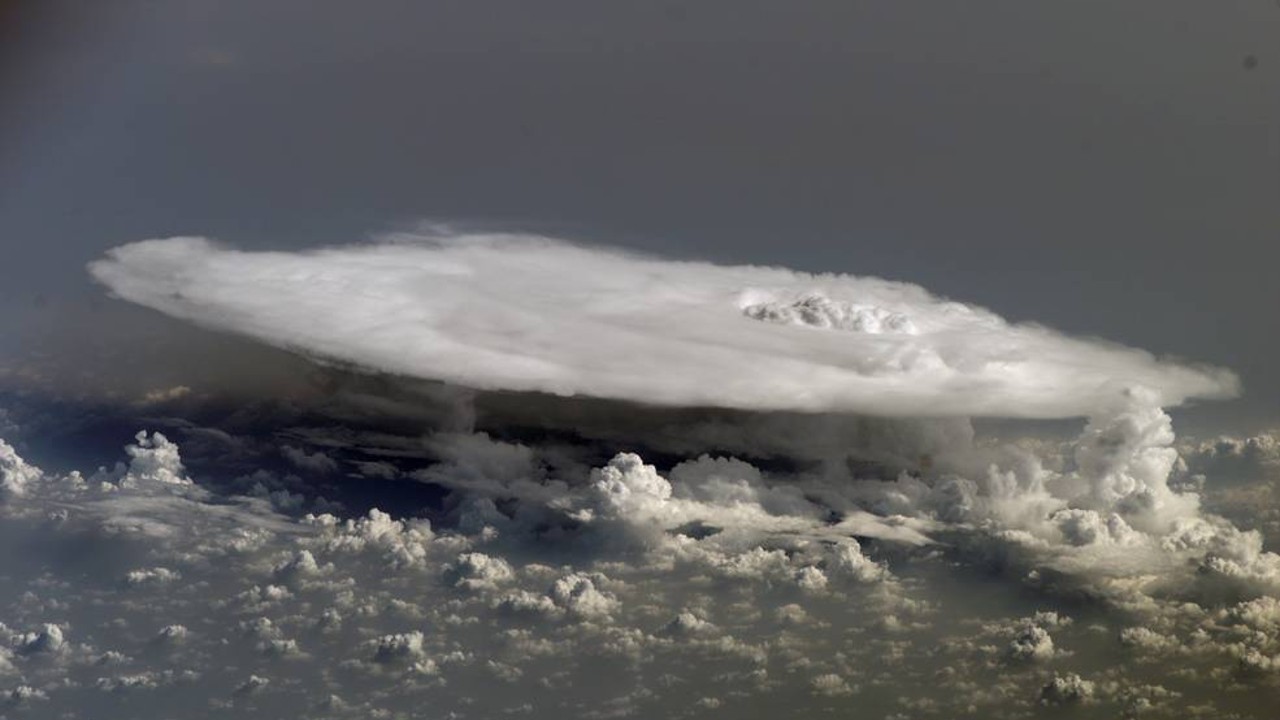Ice clouds high in Earth's atmosphere could help predict climate change. NASA wants a closer look
The mission will help us understand how these ice clouds respond to climate change and how they might influence our climate in the future.

An upcoming NASA mission will provide an unprecedented look at ice clouds at high altitudes in Earth's atmosphere.
NASA's Polarized Submillimeter Ice-cloud Radiometer (PolSIR) is an instrument designed to study ice clouds that form high above tropical and subtropical regions of the Earth. A pair these relatively low-cost sensors will be mounted on two small satellites and launched into low Earth orbit, where they will collect data on how ice clouds change over the course of a day. The data will help scientists better understand both how these ice clouds are responding to climate change and how they might influence our climate in the future.
"Studying ice clouds is crucial for improving climate forecasts — and this will be the first time we can study ice clouds in this level of detail," Nicola Fox, associate administrator for the Science Mission Directorate at NASA Headquarters in Washington, said in a statement.
Related: Earth's atmosphere: Facts about our planet's protective blanket
The equipment for the mission are two identical pairs of radiometers, which will measure electromagnetic radiation coming off of the clouds. The radiometers will record infrared radiation at two different frequencies: 325 and 680 gigahertz. Each pair of radiometers will travel aboard a cubesat, a mini satellite a little over a foot tall. The two cubesats will orbit between three and nine hours apart, enabling them to continuously collect data on the ice clouds over a 24-hour period.
"The radiometers, which measure the radiant energy emitted by clouds, will significantly improve our understanding of how ice clouds change and respond throughout the day," Karen St. Germain, who leads NASA's Earth Sciences Division, said in the statement.
PolSIR is part of NASA's Earth Venture class of missions, a group of relatively low-cost missions to explore the Earth and improve our ability to predict future changes. Earth Venture missions are selected through open, competitive grant applications. Submitted by a group at Vanderbilt University, the PolSIR team will receive a grant of $37 million to cover operation costs (not including the cost of launch). Ralf Bennartz, chair of the department of earth and environmental science at Vanderbilt, will lead the mission, along with Dong Wu of NASA's Goddard Space Flight Center in Greenbelt, Maryland.
Get the Space.com Newsletter
Breaking space news, the latest updates on rocket launches, skywatching events and more!
The mission joins NASA's many other Earth-focused missions, including the recently launched TROPICS experiment and the TEMPO mission, both also Earth Venture missions. At its inaugural climate change summit in December 2022, NASA highlighted several earth science missions, which will help us understand the many impacts of climate change on our planet.
PolSIR is scheduled to launch in 2027, if all goes according to plan, according to a Vanderbilt University statement.
Join our Space Forums to keep talking space on the latest missions, night sky and more! And if you have a news tip, correction or comment, let us know at: community@space.com.

Rebecca Sohn is a freelance science writer. She writes about a variety of science, health and environmental topics, and is particularly interested in how science impacts people's lives. She has been an intern at CalMatters and STAT, as well as a science fellow at Mashable. Rebecca, a native of the Boston area, studied English literature and minored in music at Skidmore College in Upstate New York and later studied science journalism at New York University.









